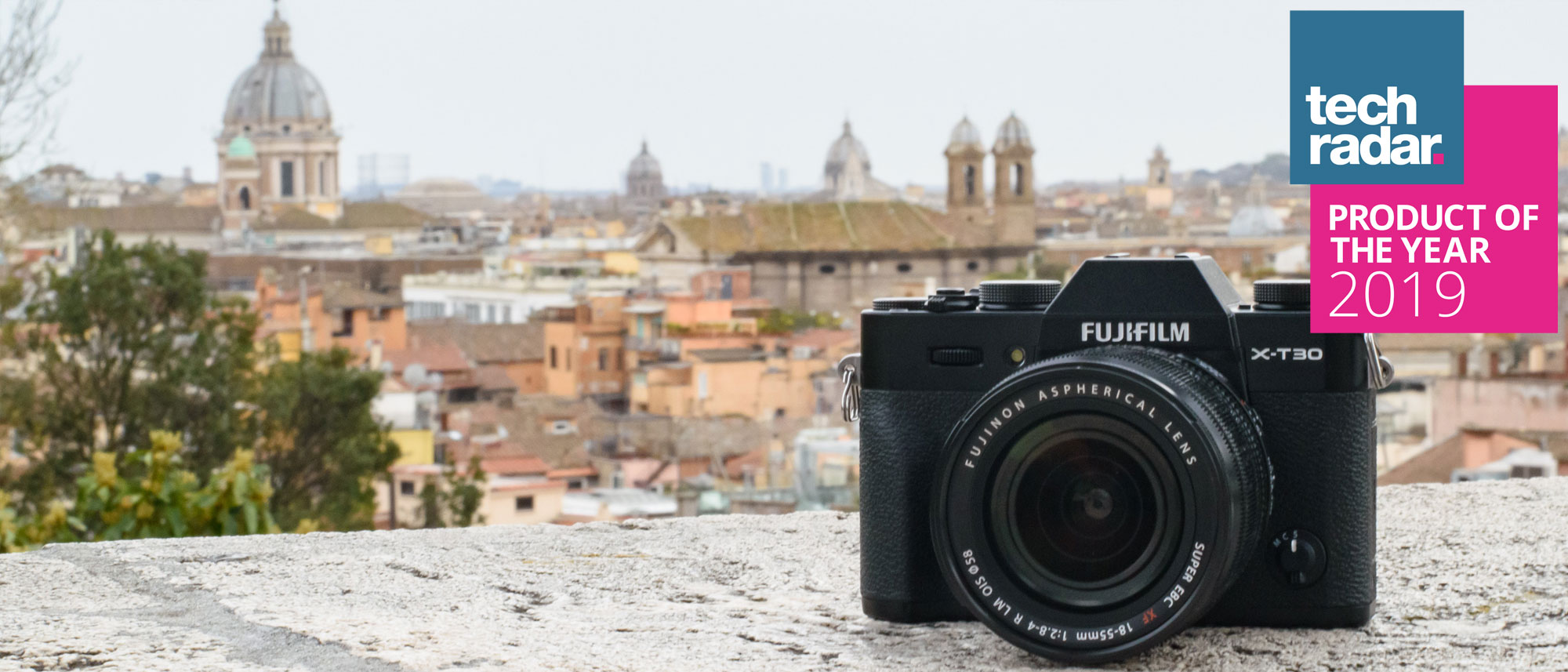TechRadar Verdict
Fujifilm has got plenty right here: a tough body, sound AF performance, great image quality straight out of the camera and lovely 4K videos, and all for a very reasonable price. We have some reservations around operation and the electronic viewfinder, but there's far more here to love than to be concerned about.
Pros
- +
Great build quality
- +
Superb value for money
- +
Plenty of customization options
- +
Excellent 4K video quality
- +
Lovely default JPEG output
- +
Speedy AF system
Cons
- -
0.62x EVF magnification
- -
Grip not ideal for larger lenses
- -
Some controls can be fiddly
- -
No sensor-based stabilization
- -
Tripod thread awkwardly placed
- -
No UHS-II support
Why you can trust TechRadar
Fujifilm has had many successes with its X-series cameras since it launched the range, with its rangefinder-style X-Pro line and DSLR-like X-T models being particular favorites. But it's the X-T20 that's become the company's best-selling X-series model to date.
With key features inherited from the more advanced X-T2 and a far more attractive price, it's easy to see why – but following the arrival of the X-T3, it seemed obvious that an update to the X-T20 wouldn't be far away.
Much like before, the X-T30 pinches the best bits from the X-T3 and delivers them inside a smaller, lighter and cheaper body. Fujifilm has kept enough extra inside the X-T3 to warrant offering both cameras, but for most people the prospect of having so much of that camera inside a cheaper and more practical body makes it the obvious better choice.
Features
- 26.1MP back-illuminated X-Trans APS-C sensor
- 4K DCI and UHD recording (up to 30p)
- 8fps burst shooting (up to 20fps with electronic shutter)
The X-T30 makes use of the same APS-C-sized 26.1MP X-Trans CMOS 4 sensor as the X-T3, and this has been designed with a backlit architecture to help it gather light as effectively as possible. The camera also gets the same X-Processor Pro 4 engine as the X-T3, although the lowest sensitivity in the ISO range is ISO160 rather than the X-T3's ISO200 base, which is good news if you tend to shoot outdoors in bright light, particularly with wide-aperture lenses.
The ISO range stretches all the way to ISO12,800, although for those times when it's absolutely necessary you can extend this to an option equivalent to ISO51,200 at the upper end, and down to an ISO80 equivalent.
Sensor: 26.1MP back-illuminated X-Trans CMOS 4 sensor, APS-C
Lens mount: Fujifilm X mount
Screen: 3.0-inch vari-angle touchscreen, 1,037,000 dots
Burst shooting: 8fps (up to 20fps with electronic shutter)
Autofocus: Phase- and contrast-detect AF, 425 points
Video: 4K (DCI and UHD) to 30p
Connectivity: Bluetooth and Wi-Fi, USB 3.1, HDMI
Battery life: 380 shots (CIPA rating)
Weight: 383g (including battery and memory card)
As with every other interchangeable-lens X-series model, the camera makes use of the company's X-series lens mount. This currently accepts the 29 XC and XF lenses that have been developed for the system so far, in addition to two video-specific Fujifilm MKX optics, and a small handful of third-party options from the likes of Samyang and Lensbaby. That's not quite as extensive as the options available for some rival systems, but most casual users will probably find the lens they need without too much bother.
There's no image stabilization system incorporated into the camera itself, which means you need to make sure the lens you're using has this if you want to take advantage of it. This isn't uncommon on cameras of this sort – neither the Sony A6400 nor the Canon EOS M5 has in-body stabilization, although the Panasonic GX9 and Olympus OM-D E-M5 Mark II do – and it does at least help to keep the body as compact as it is.
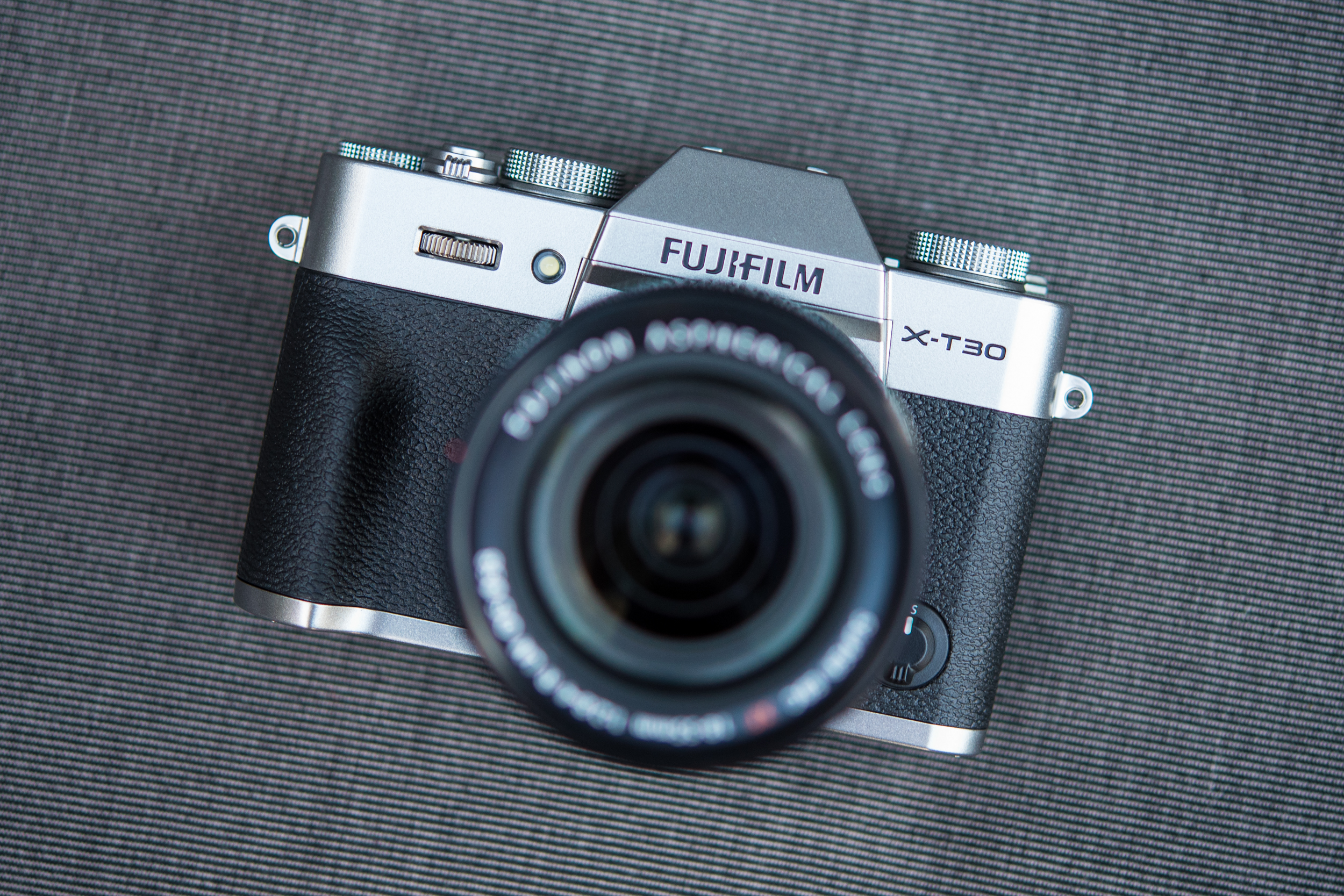
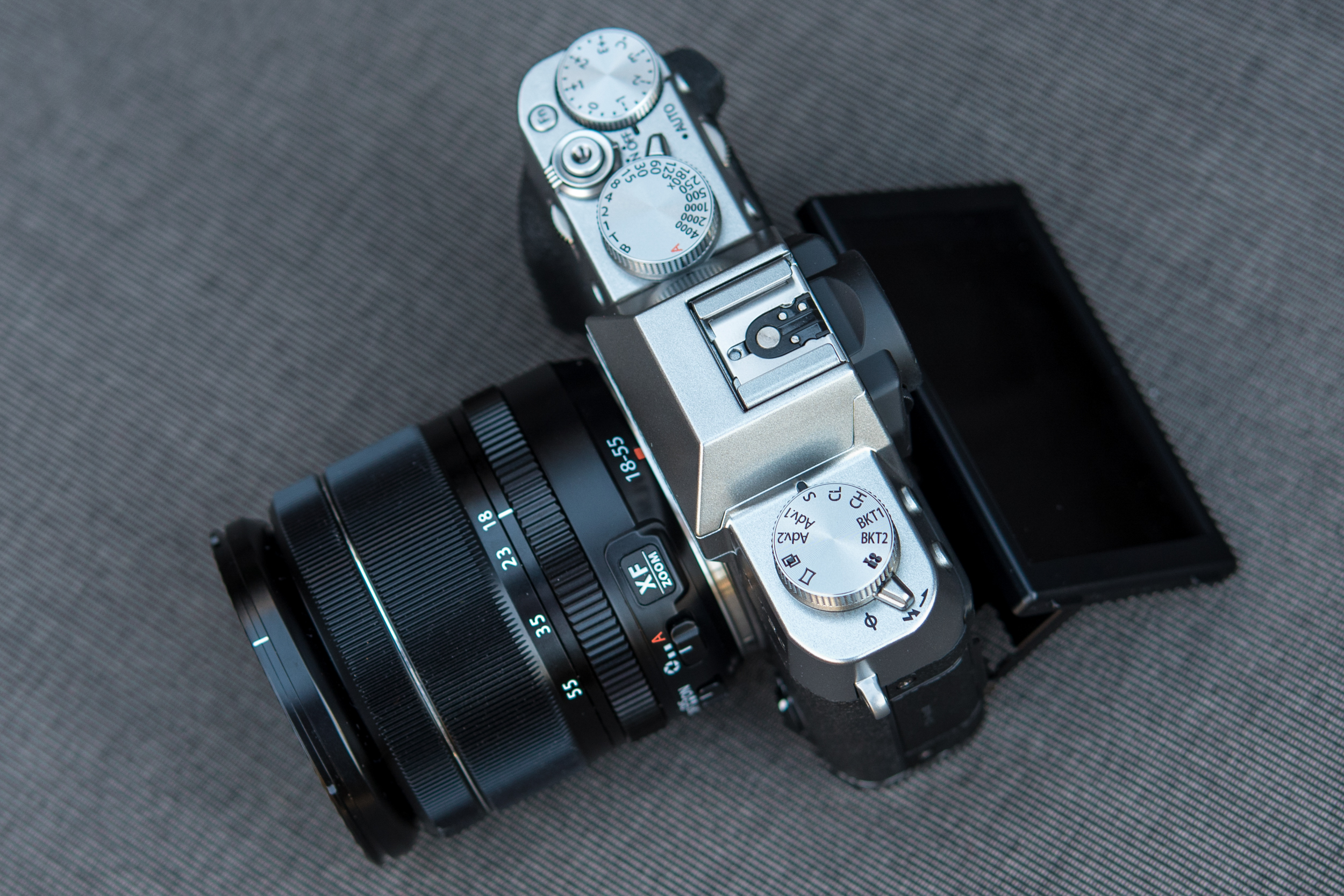
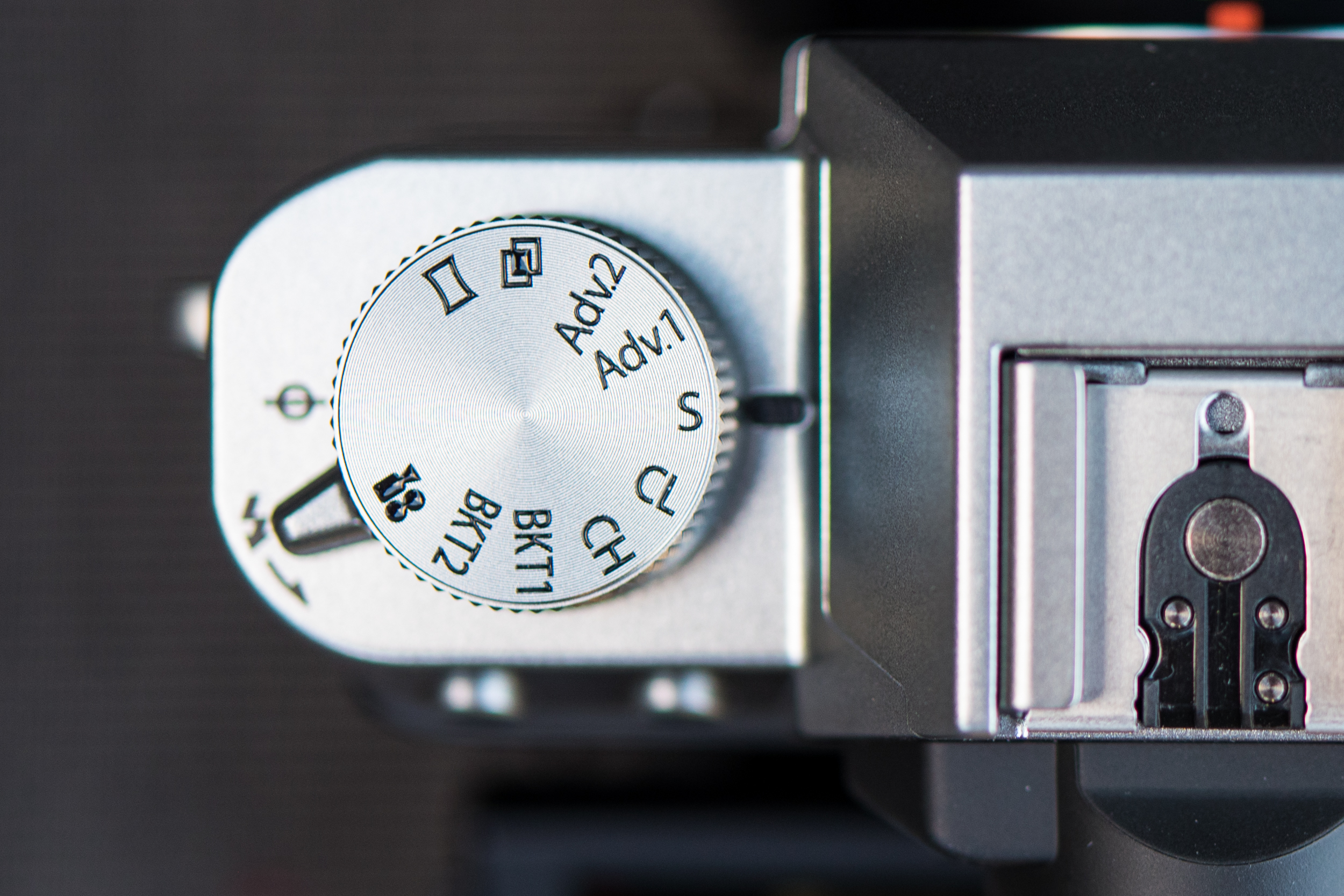
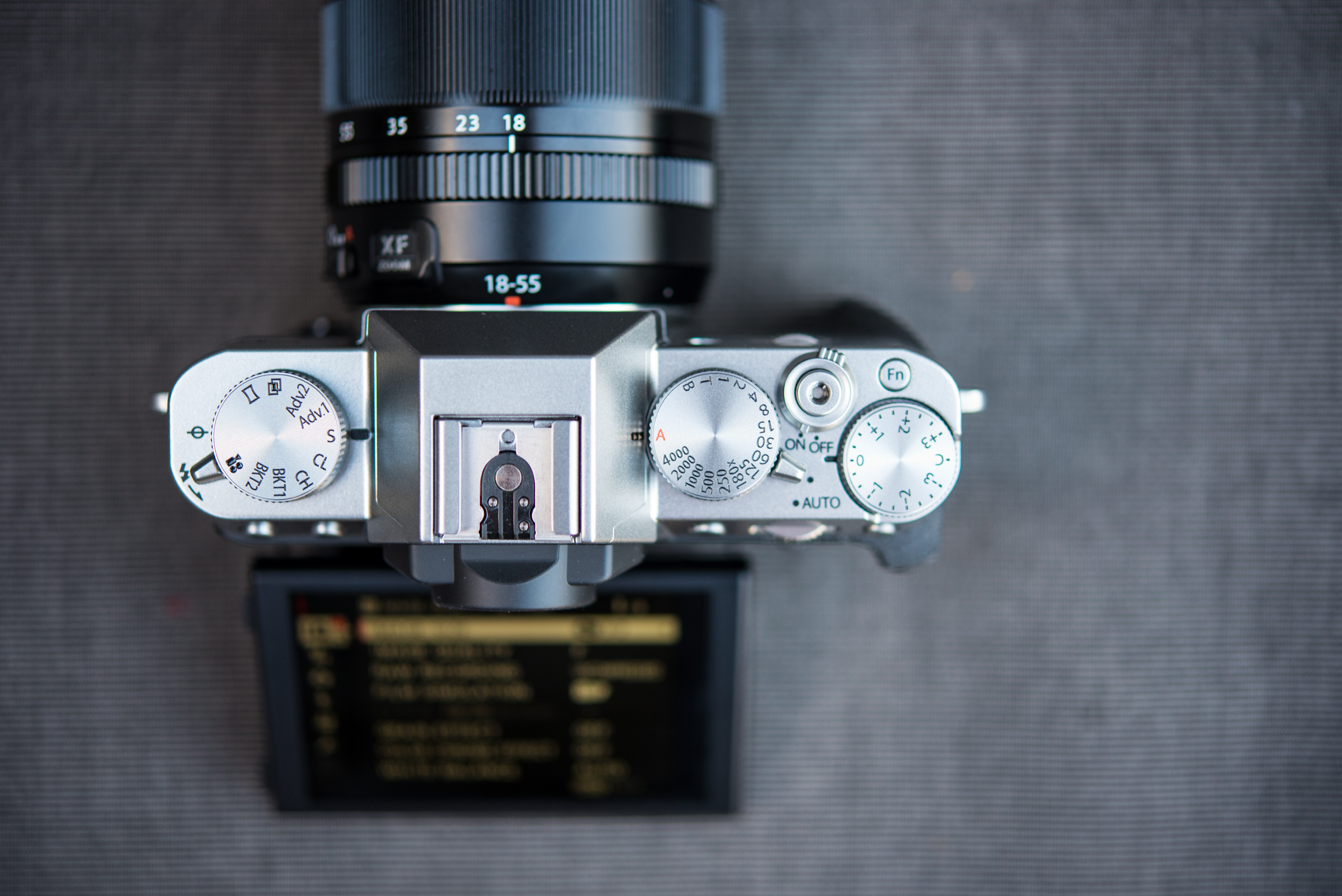
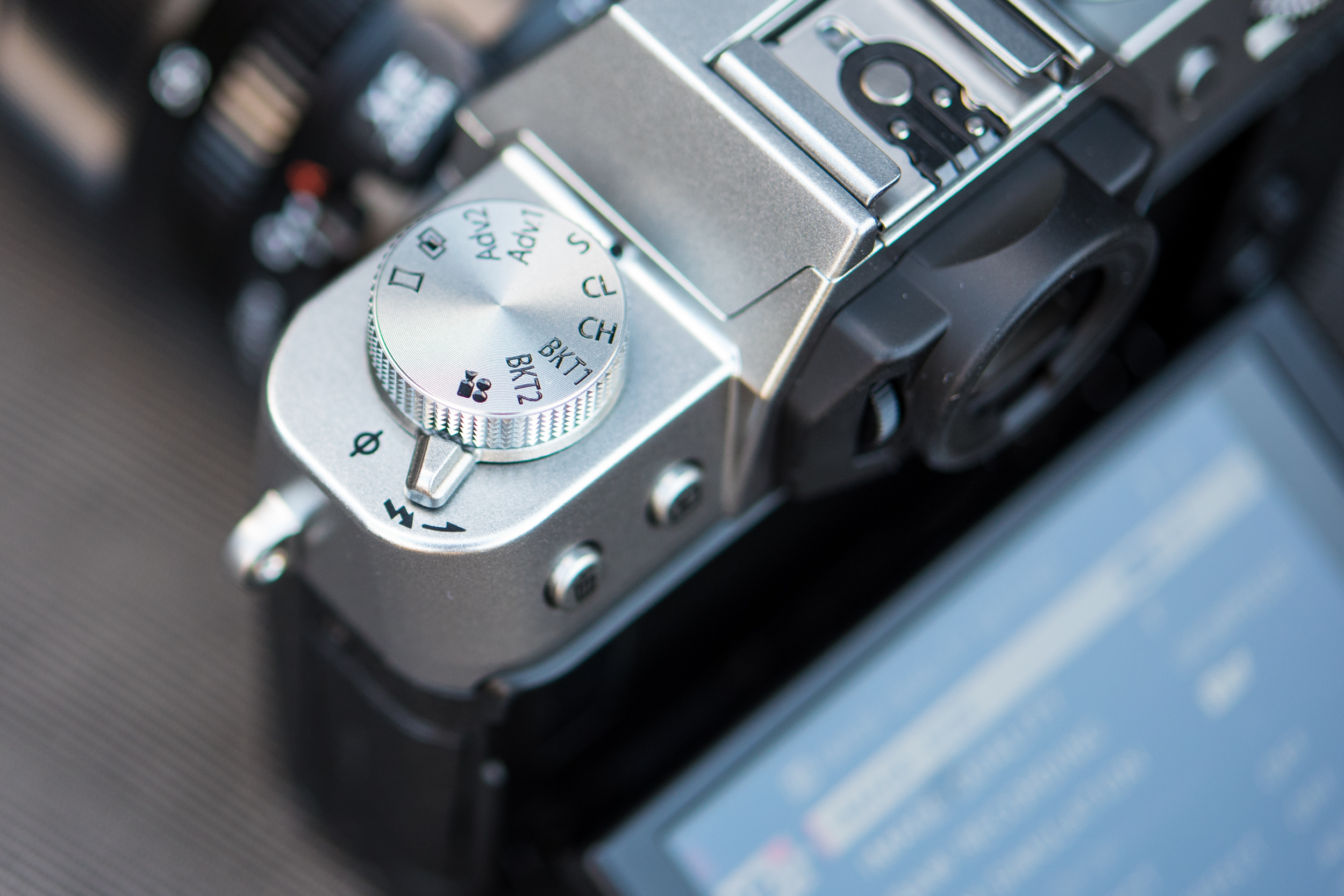
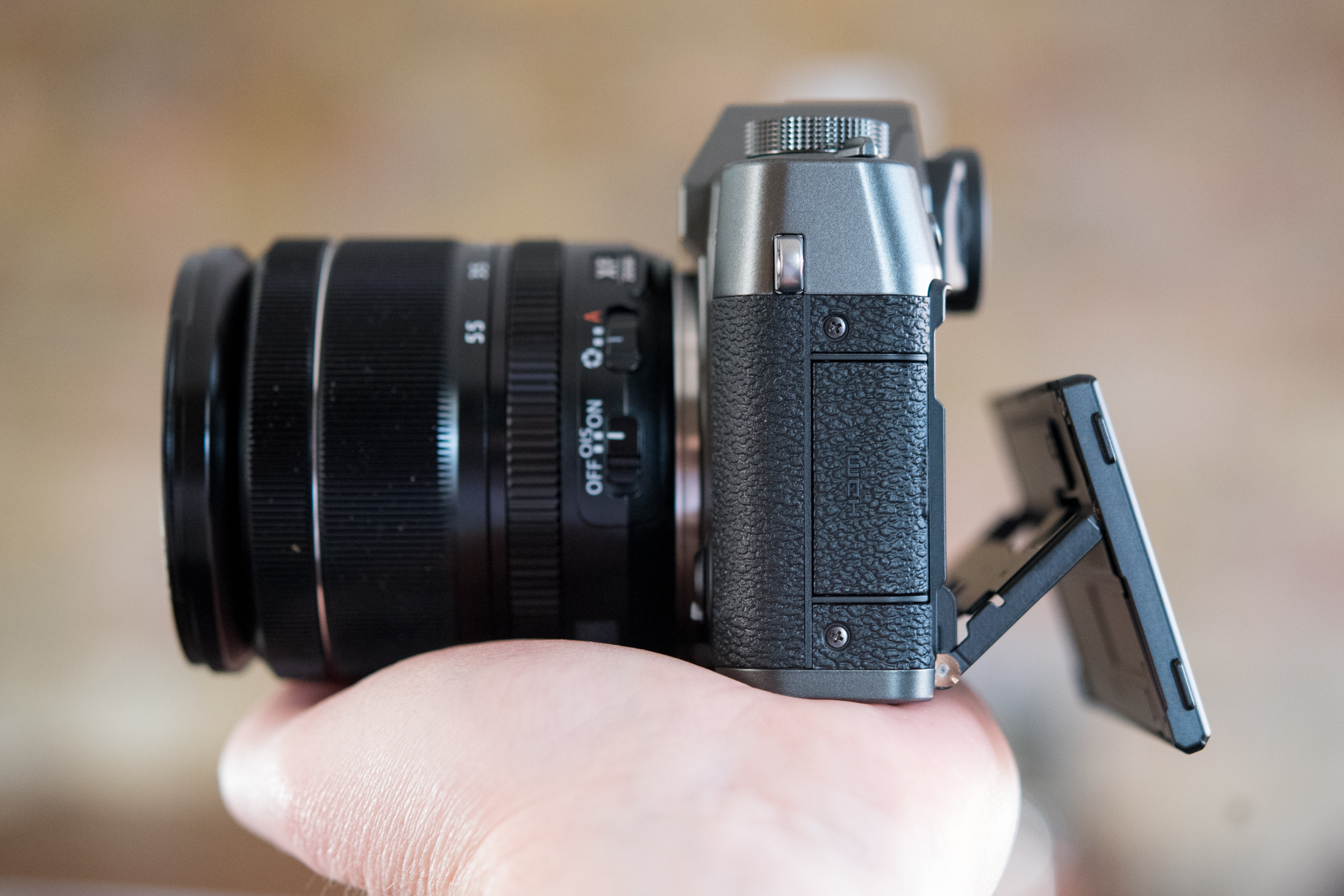
The upgraded processing engine brings with it the Film Simulation modes that have long been a draw of the X series. The X-T30 gets 16 options, which include six variations of the Black & White and ACROS settings, in addition to longstanding options that mimic the company's Provia, Astia and Velvia emulsions.
Fujifilm has also included the latest video-centric Eterna Film Simulation option here, while the Color Chrome option that sits alongside it is targeted at those wanting to retain the fine details in saturated subjects such as flower heads. The X-T3's Monochrome Adjustment effect, which enables slightly warm and cool biases to be added to black-and-white images, and the Grain option, which allows for slight texture to be introduced, have also been included, as have a collection of Advanced Filters such as Toy camera, Miniature and Soft focus.
Like the X-T20, the X-T30 is capable of recording 4K video in addition to 1080p footage, but Fujifilm has strengthened this even further here. 4K video can be captured at a maximum 30p with 10-bit 4:2:2 output through the HDMI port and 8-bit 4:2:0 internal capture, while if you switch to Full HD recording you can shoot at up to 120p for slow-motion output. It doesn't quite gain all the capabilities of the X-T3 here, as that camera can record 10-bit 4:2:0 footage internally and can shoot 4K footage to a maximum 60p, but for the average X-T30 user this is a concession they'll probably accept.
Sports and action photographers are particularly well catered for by the X-T30. This is thanks in part to improvements to the autofocus system (discussed later on), although it's also helped by the inclusion of the X-T3's Sports Finder mode. This option delivers two benefits: faster burst shooting rates, and a higher 1.25x crop factor that makes framing distant subjects easier. When the camera is set to this mode the user is able to capture images at 30fps, 20fps or 10fps, although 20fps and 10fps options without any crop factor can also be called upon when required. In either case, all of these make use of the camera's electronic shutter, which won't necessarily be the best option in every situation; when using the mechanical shutter, it's possible achieve a maximum 8fps.
Sports and action photographers are particularly well catered for by the X-T30
As with the majority of mirrorless cameras, the X-T30 has been furnished with both an electronic viewfinder and an LCD screen, which can be physically adjusted to simplify shooting from awkward angles.
The EVF maintains the same core specs as the X-T20's, namely a 2.36 million dot panel and a magnification of 0.62x. This is one area where the more senior X-T3 has the advantage, with its 3.69 million-dot panel and a 0.75x magnification making it nicer in use, although this is an obvious area where corners can be cut to produce a cheaper model.
The viewfinder isn't quite the same as the one on the X-T20, however. Fujifilm has shortened the display time lag to 0.005 seconds, and boosted the refresh rate to 100fps when set to the Boost mode. The viewfinder is also now said to be brighter than the X-T20's at its default settings.
The LCD screen appears to be unchanged from the X-T20's, with 1.04 million dots spread across a 3-inch panel that can be pulled away from the camera and tilted up and down. It also responds to touch, which allows the user to set the focusing point, zoom into images quickly to check details, and swipe through everything they capture. On top of that, it also supports the Touch Pad AF option, which gives you the option to drag your thumb across the screen when using the viewfinder to move the focusing point to wherever you need it.
With regards to connectivity, the camera is fitted with a USB Type-C port that supports the latest USB 3.1 standard, as well as an HDMI out with a Type D connection and a 2.5mm mic socket. The lack of a dedicated headphone port on such a small body isn't too great a surprise, although you can use headphones with a USB Type-C connection through the USB port.
On top of that, Wi-Fi and Bluetooth make it possible to hook the camera up to your phone or tablet, or a printer. You can manually download images to your phone or tablet, or have them automatically sync over Bluetooth, and you can also control the camera from either for remote shooting. Furthermore, the Fujifilm Camera Remote app that enables all this also lets you geo-tag your shots using location information from your device.
The NP-W126S Li-ion battery has a 380-shot rating, which is about average for a camera of this level, although the quoted figures are always far lower than what the average user will be able to achieve in real-world use; the use of Boost or power-saving functions will also affect this figure. Incidentally, while the X-T30 and X-T20 share the same NP-W126S battery, the use of the newer processing engine here means battery life is actually slightly better than the X-T20's 350-shot rating, despite the brighter viewfinder.
There's just a single SD/SDHC/SDXC card slot alongside the battery compartment, which is accessed via a door at the base of the camera. There's support for UHS-I but not the UHS-II standard, although UHS-II cards can be used without any performance advantage over UHS-I cards if you have these to hand.
